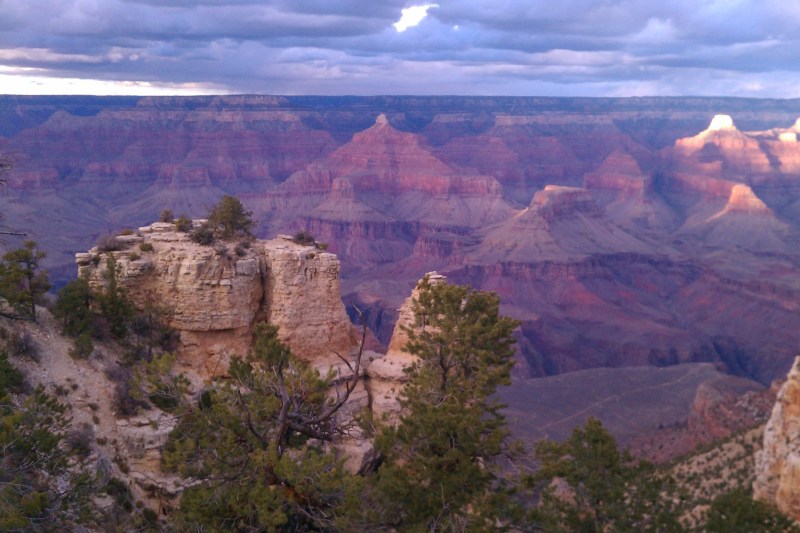
Are you planning a trip to the Grand Canyon? You’d better hold that thought. The National Park Service has just announced a series of closures for various trails and campgrounds within Grand Canyon National Park that could impact your trip. Fortunately, they aren’t permanent, and they are mostly construction-related closures. In this article, we will explore the details of these closures, their expected durations, and the importance of adhering to the guidelines set forth by the National Park Service.
Grand Canyon North Rim closures
The Transcanyon Waterline construction-related closures will affect several popular areas within the Grand Canyon. The closures are as follows:
- Silver Bridge: September 15 to December 31, 2025.
Grand Canyon South Rim closures
- Rim Trail in front of Bright Angel Lodge: November 16, 2023 to April 4, 2024.
- Plateau Point Trail from the Tonto Trail junction to Plateau Point: October 12, 2023 to March 14, 2025.
- Havasupai Gardens Campground: December 1, 2023 to April 14, 2024.
- Bright Angel Trail from Havasupai Gardens to Silver Bridge: December 2, 2024 to March 14, 2025.
- Bright Angel Campground: December 19, 2024 to May 9, 2025.
- Bright Angel Trail approximately 1/2 mile from the Trailhead to Silver Bridge: December 1, 2023 to April 14, 2024.
It’s essential to note that these dates are subject to change, and visitors are encouraged to check the park’s website for the most current operational status. Additionally, intermittent trail delays of up to 30 minutes may occur in the vicinity of construction work as needed throughout the project.
While these closures may disrupt some of the park’s regular activities, the National Park Service is making efforts to minimize the impact on visitors. During the December 1, 2023 to April 14, 2024 closure period of the Bright Angel Trail, visitors will still have access to an upper portion of the trail from the trailhead to nearly half a mile down the trail. The South Kaibab Trail will also remain open for private river exchanges and all other hikers during Bright Angel Trail closures. However, it’s important to note that mule rides will be suspended during this same period.
The National Park Service emphasizes the importance of adhering to trail closures. Under no circumstances will hikers or other trail users be allowed to pass through closure areas. The safety of visitors and construction workers is of utmost concern, and any attempts to go over or around a closure can jeopardize this safety. Visitors are urged to pay close attention to directions from park rangers, volunteers, construction flaggers, and signs placed along the trails. Staying on designated trails and following guidance from authorities ensures a safe and enjoyable experience for everyone.
Camping reservation dates for Havasupai Gardens and Bright Angel Campgrounds will be unavailable during the expected closure periods. Visitors seeking camping and hiking information can contact the Backcountry Information Center for assistance.
The temporary closures of trails and campgrounds within Grand Canyon National Park are a necessary part of the Transcanyon Waterline construction project. While these closures may inconvenience some visitors, they are crucial for ensuring the safety of all and the successful completion of this essential infrastructure upgrade. Visitors are encouraged to stay informed, follow safety guidelines, and respect all trail and campground closures during this period. Ultimately, these temporary disruptions will contribute to the long-term preservation and enjoyment of the Grand Canyon for generations to come.



